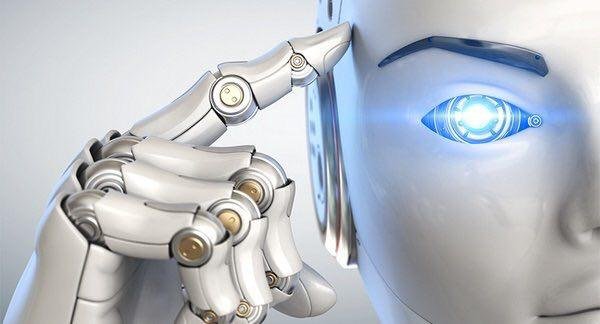The Artificial Intelligence Revolution

This is where Machine Learning comes to the rescue. Machine Learning is the field that studies how to make computers learn. In other words, an automatic learning algorithm is a computer program that teaches computers how to program themselves so that we do not have to explicitly describe how to carry out the task we want to achieve. The information that a Machine Learning algorithm needs to write its own program to solve a particular task is a set of known examples.

For example, for the task of teaching a computer to identify animals, we will show the computer a lot of tagged images (for example, this image is a tiger, these images are a cat, etc.), in the same way that we do it when we teach children The Machine Learning algorithm will use these samples to identify which characteristics differentiate an animal from another, and with this information it will write its own program to perform the task of identifying animals. Now you can see how computers enabled to learn and allow computers to write their own code are the same (if you want to read a brief explanation on how the algorithms of Machine Learning work, see.
Therefore, Machine Learning is the way for computers to learn to perform complex tasks whose processes can not be easily described by humans, or even tasks that we do not know how to carry out (for example, "I want to calculate how many customers would buy this product. "
In general, we consider that "prediction" is the action of calculating the most probable result of a very complex process that humans can hardly compute, and that is why we usually say that the models of Machine Learning are used to make predictions.
Machine learning is the way that computers learn to perform complex tasks whose processes can not be easily described by humans, or even tasks that we do not know how to achieve.
Many useful Machine Learning algorithms were already known twenty years ago, but recently we got enough computing power combined with a lot of data to make them work. Computers are not yet very good at learning very specific tasks for human beings, such as writing and reading texts or identifying objects . However, because of their high computing power, computers are much better than us to identify patterns in large amounts of data.
This is the reason why Machine Learning is already extremely useful in helping humans to perform complex tasks, such as predicting diseases, predicting the evolution of the stock market, cars without a driver and an infinity of other applications. In fact, anything that can be recorded is something that can be predicted.
[1] This is, of course, a simplistic classification. Defining the functions of the brain and especially the concept of intelligence is a very interesting topic that I will try to address in future publications.
[2] Of course, Machine Learning has been part of computing for decades. By "traditional computing" I mean traditional computer programming, which has been and still is the most common way of making a computer perform a task for us.
This learning technique for example is the most common in Machine Learning. It's called supervised learning. Other popular learning techniques are unsupervised learning and reinforcement learning. In unsupervised learning, we train computers using unlabeled data (for example, we learn to group similar patients), while in reinforcement, computers learn by trial and error (for example, learning to play a game). We will talk about them in future publications.
As you know, instead of creating programs that explain to computers how to perform specific tasks, in Machine Learning we develop programs that explain to computers how to learn by themselves to perform tasks. There are many automatic learning algorithms designed to achieve this purpose and probably the most popular today is an algorithm called Neural Networks. Neural networks are an approximate simulation of the brain. They contain thousands of simulated neurons that form millions of synaptic connections between them. Each synaptic connection is associated with a number that represents how strong that connection is. The computer will enter the input data (for example, animal images) at the network input and then trigger all corresponding neurons. In this way it will produce a prediction in the network output. Then you will compare the predicted result with the true data (for example, "I predicted a lion but I see that the label on this image says it is a tiger") and will follow a set of rules given by the Machine Learning scientists in order to modify the weight of each synaptic connection so that the prediction error is reduced (for example, "if I make these stronger synaptic connections, and these other weaker synaptic connections, the next time I see this image I will correctly predict that this image represents a Tiger "). The computer will repeat this process going through the entire training data set several times until the error can no longer be reduced. Keep in mind that we do not provide the computer with an update rule for each individual synaptic connection, but we provide the computer with some general rules that apply millions of times (for those of you who still remember some high school calculations, what we do is calculate the error derivative with respect to each synaptic connection and then move the value of each connection to the direction that reduces the prediction error).
really good post like it and upvoted.
hope you will do the same thanks.